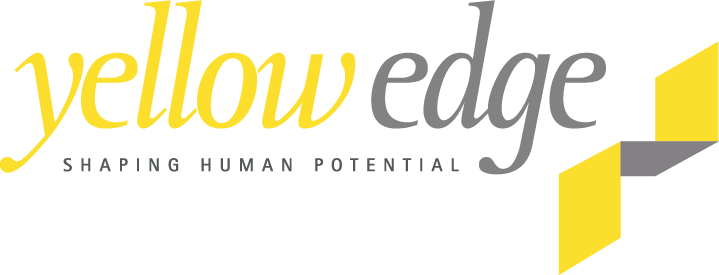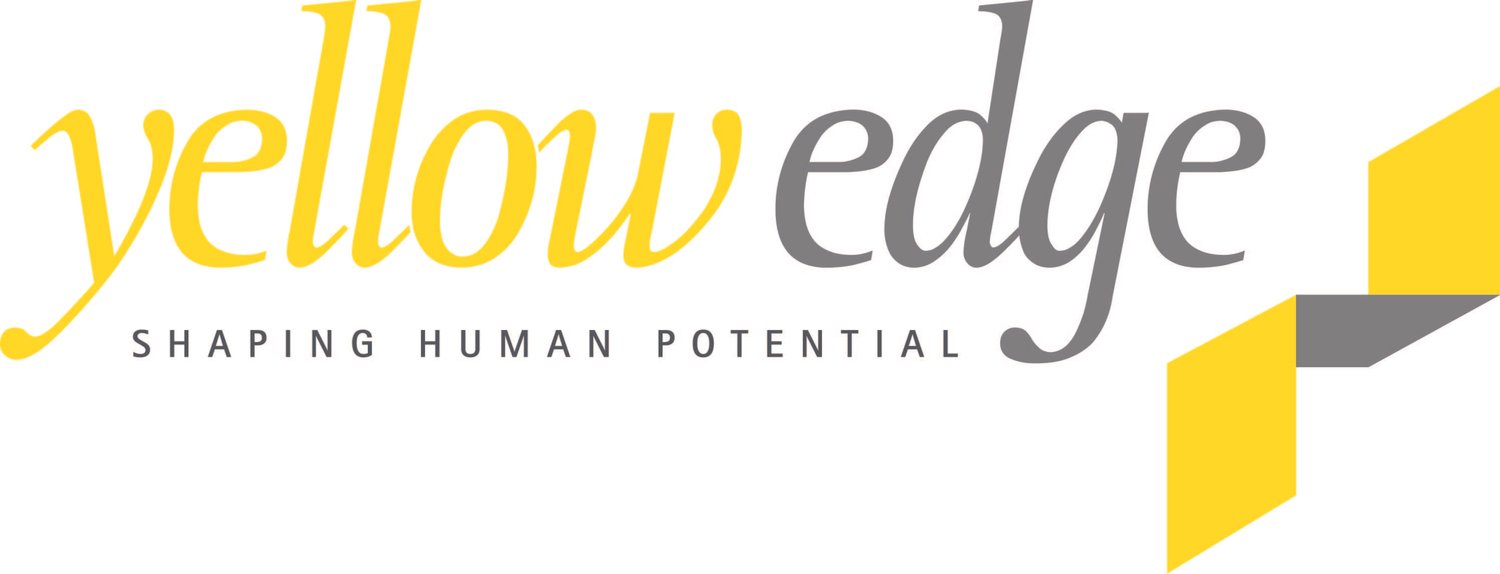32. Performance in a Post Digital World (Part 2)
by Terry Fewtrell
Social media, cloud computing, Web 2 and the looming NBN are all signposts to our digital future. Individually and collectively they have enormous potential to radically change the way we think and operate as human beings. This applies to the workplace as much as it does to other areas of our lives. It also has particular application to our role as citizens.
The post digital world is sometimescharacterised as the era of the democratisation of data. This just doesn’t refer to the vastamounts of data now available through the internet. Its collection has also been devolved. Data is amassed at a stunning rate, thanks in large measure to our lack of inhibitions about the world of apps and clicks.
Our smart phones may record our PBperformance factors from our pre breakfast jog, but so too are corporations and government agencies accumulating a mass of information about our habits and preferences. Indeed the measure of a good app is one that effectively catches the data behind the keystrokes.
In such contexts, performance and leadership assume new challenges and are in part re-defined. More than ever before there is a real imperative on government agencies to design systems that are not just functional but simple and painless to use. The conceptual development needs to start with the user and work backwards.
Several agencies, notably the Department of Human Services are well advanced down this track, with their commendable speechbubble online forum. In time this reverse engineering will need to impact the structure and culture of the agencies themselves. These challenges are very much a case of getting people to think outside the square. They raise the question of how public servants, among other employees, can be empowered to bring added value to their roles.
This will likely require different types of capabilities: to imagine and then playfully ponder the scope for electronic shaping of the delivery of government services and the achievement of policy outcomes. These could include establishing a culture of openness and improvisation to facilitate online engagement and collaboration; or realigning organisational structures from being vertical/hierarchical to be outwards focussed and engaging with citizens.
These are further steps on the digital road and link with some of the thinking that agencies have shown themselves capable of in relation to harnessing Web 2 technology to the business of government. Social media, Web 2, apps and the NBN are powerful catalysts for radical change across society and specifically within government. They are about imagining the future and creating its reality. It is an iterative process, but one compelled by technology more than any other force. This government is as much a case study as a policy maker. It also has a role that has been described as an ‘impatient convenor’ – an agent that should facilitate, model and enliven to make connections and experiment with intuitive linkages. Nicholas Gruen pointed to this type of thinking in his earlier Web 2 report as exemplified in the ‘mash up’ processes that some agencies have used to rethink their data.
In other ways government is also a case study in terms of the broader policy intent. Identifying and building the skills and capabilities required to enable an organisation to be an ‘impatient convenor’ is still in its infancy, despite the evident need. For the leader, the challenge of such an environment is daunting. It is certainly not a case of subject matter expertise being the dominant requirement. The nature of the challenge itself is often such that few have experienced or ventured close to the
horizon.
Mastering the complexity involved will require creative and humble leaders. Not possessed by a dogmatic ‘this is the answer’ mentality but able to draw out the best of contributions from across the team, prepared to experiment and facilitate the evolution that is inevitable, in a frame of measured calmness. Allied to this will be a savvy but mature sense of judgement – drawn from working with a clear set of values and guiding principles.
It is inevitable that remaining flexible and fluid will be key characteristics, as too will be an ever quickening rate of change. In the end performance will be the ultimate measure. A leader who displays a quiet confidence and empowers others to share a journey of discovery will be at a premium. Performance and success will not be measured by being safe – rather by being calmly brave.
Terry Fewtrell is Strategic Analyst with Yellow Edge.


